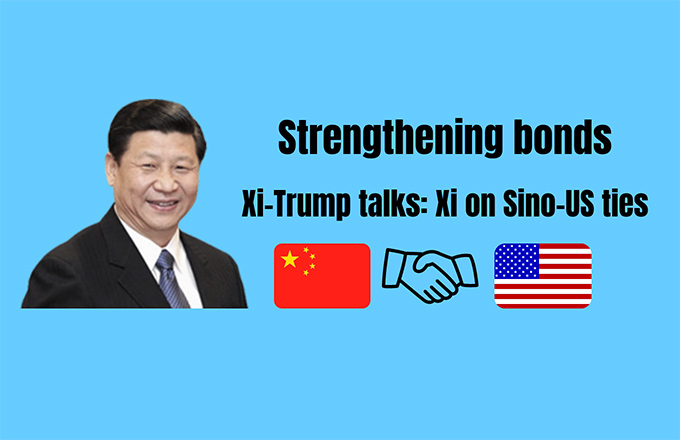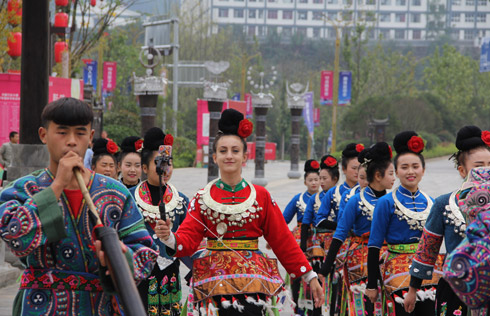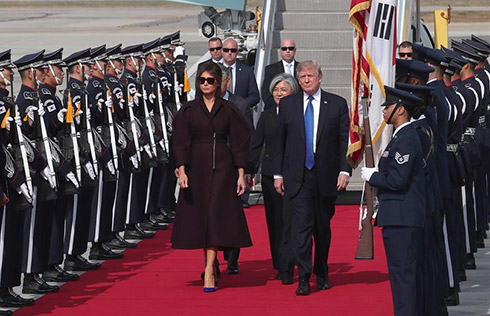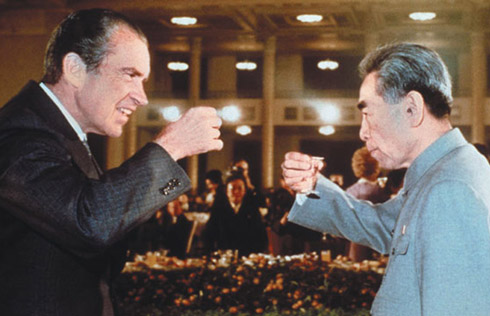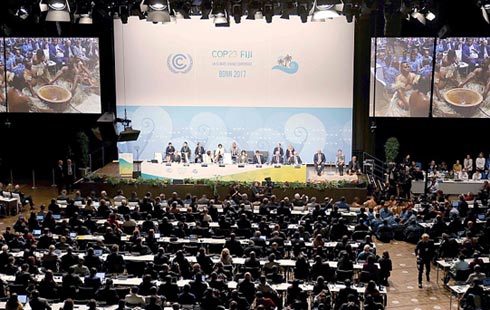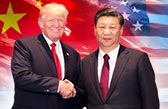Malaysia expects China to lead APEC for regional cooperation: experts
KUALA LUMPUR - As the 25th Asia-Pacific Economic Cooperation (APEC) Economic Leaders' Meeting is to be held in Vietnam later this month, experts in Malaysia hope that the summit could push for greater economic ties and expect China to take the lead.
Malaysia's economy recorded an impressive growth of 5.7 percent in the first half of 2017 compared with around 4 percent a year ago, while export surged by 21.3 percent in the first nine months of the year. But officials and experts here remain concerned over external risks including the rising protectionism in parts of the world.
"In an environment where global economic and world trade growth are firming, we hope the regional leadership and policymakers do not fall into complacency, and efforts towards strengthening regional cooperation and integration would not take a backseat," said Suhaimi Bin Ilias, Chief Economist at Malaysia's Maybank Investment Bank.
He pointed out risks, especially that resulting from US pursuing protectionism and unilateralism, coupled with escalation of geopolitical headwinds, as well as the long term and structural issues on demographics, equality, inclusivity, environment and climate change.
The APEC summit would provide an opportunity for the global leading economies to exchange views and coordinate policies, and the world would be watching closely as Asia Pacific has become the powerhouse for growth.
With APEC members making up a significant portion of the world's GDP and global trade, better economic growth prospects in APEC, supported by continued expansion of manufacturing, exports and investment, boded well for the global economy, said Lee Heng Guie of Malaysia's Social Economic Research Center (SERC).
Lee said it was "highly undesirable" for the United States to adopt inward-looking mindset as it would undermine global economy, urging APEC to remain committed towards the promotion of liberalized international trade and investment in Asia and in the rest of the world.
"Quick results must be seen rather than a talk shop without any follow-up actionable plans and initiatives," he said.
Suhaimi hoped regional-centric initiatives would balance the "quantitative" growth that emphasize on the increase of GDP and income with the "qualitative" growth that promotes equality, inclusivity, sustainability and peace.
As "America first" reins in the world's largest economy, many are increasingly turning to China, whose leaders have committed to openness and globalization.
"With the United States rapidly retreating into protectionism and isolationism, we look forward to Chinese leadership in pushing forward the free trade agenda," said Oh Ei Sun, special adviser for International Affairs of Malaysia's Asian Strategy and Leadership Institute.
A stable and prosperous China is precondition of progress and prosperity for the Asia-Pacific, said Oh, adding that the Belt and Road Initiative is already rapidly linking China with regional neighbors not only in terms of trade and infrastructure, but also increasing people-to-people bonds.
Proposed in 2013, the Belt and Road initiative aims to build trade and infrastructure networks connecting Asia with Europe and Africa on and beyond the ancient Silk Road routes. It comprises the Silk Road Economic Belt and the 21st Century Maritime Silk Road.
Malaysia's economy recorded an impressive growth of 5.7 percent in the first half of 2017 compared with around 4 percent a year ago, while export surged by 21.3 percent in the first nine months of the year. But officials and experts here remain concerned over external risks including the rising protectionism in parts of the world.
"In an environment where global economic and world trade growth are firming, we hope the regional leadership and policymakers do not fall into complacency, and efforts towards strengthening regional cooperation and integration would not take a backseat," said Suhaimi Bin Ilias, Chief Economist at Malaysia's Maybank Investment Bank.
He pointed out risks, especially that resulting from US pursuing protectionism and unilateralism, coupled with escalation of geopolitical headwinds, as well as the long term and structural issues on demographics, equality, inclusivity, environment and climate change.
The APEC summit would provide an opportunity for the global leading economies to exchange views and coordinate policies, and the world would be watching closely as Asia Pacific has become the powerhouse for growth.
With APEC members making up a significant portion of the world's GDP and global trade, better economic growth prospects in APEC, supported by continued expansion of manufacturing, exports and investment, boded well for the global economy, said Lee Heng Guie of Malaysia's Social Economic Research Center (SERC).
Lee said it was "highly undesirable" for the United States to adopt inward-looking mindset as it would undermine global economy, urging APEC to remain committed towards the promotion of liberalized international trade and investment in Asia and in the rest of the world.
"Quick results must be seen rather than a talk shop without any follow-up actionable plans and initiatives," he said.
Suhaimi hoped regional-centric initiatives would balance the "quantitative" growth that emphasize on the increase of GDP and income with the "qualitative" growth that promotes equality, inclusivity, sustainability and peace.
As "America first" reins in the world's largest economy, many are increasingly turning to China, whose leaders have committed to openness and globalization.
"With the United States rapidly retreating into protectionism and isolationism, we look forward to Chinese leadership in pushing forward the free trade agenda," said Oh Ei Sun, special adviser for International Affairs of Malaysia's Asian Strategy and Leadership Institute.
A stable and prosperous China is precondition of progress and prosperity for the Asia-Pacific, said Oh, adding that the Belt and Road Initiative is already rapidly linking China with regional neighbors not only in terms of trade and infrastructure, but also increasing people-to-people bonds.
Proposed in 2013, the Belt and Road initiative aims to build trade and infrastructure networks connecting Asia with Europe and Africa on and beyond the ancient Silk Road routes. It comprises the Silk Road Economic Belt and the 21st Century Maritime Silk Road.
Photo
Most Viewed in 24 Hours







